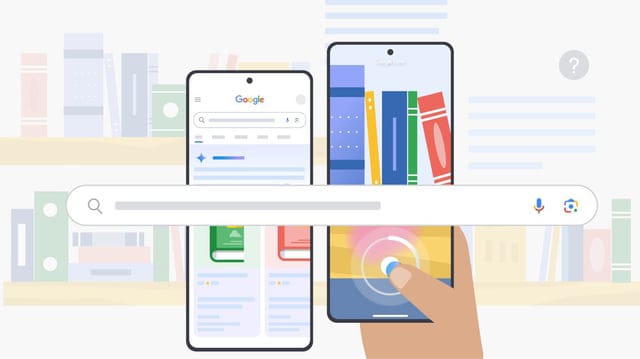“5 Big Changes as Google Brings Ads to AI Overviews in India with New Marketing Tools”

Introduction
Google has inched another step closer to incorporating AI into its main services by bringing ads to AI Overviews at their announcement in india. Along with the step, the tech giant is rolling out new AI-based marketing tools designed to help businesses more effectively connect with consumers. It’s a big change in how ads as information appear in search, adding a layer of AI not just to help give answers but to curate the commercial aspect as well.
What Are AI Overviews?

AI Summaries, AI Overviews (formerly called “Search Generative Experience (SGE)”) are AI-generated summaries appearing at the top of Google search results. These briefs cover most of the queries that users search for so you don’t have to hop over to a site. Rather than a set of refined blue hyperlinks, users now see a smorgasbord of information culled and synthesized by Google’s AI, resulting in faster, more intuitive search.
Ads in AI Overviews: What’s New?
Until today, Google’s AI Overviews have been ad-free. But now, New Delhi will be one of the first places where Google will begin testing ads directly inside these summaries generated by AI. They will be contextually inserted as the AI-generated content, and will be labeled accordingly as “Sponsored” so that users can easily tell the difference between organic AI results and sponsored content.
Google says the ads will be displayed “when they’re relevant to both the query and the information in the AI Overview.” For instance, if somebody searches for “best smartphones under ₹20,000,” the AI Overview might feature product recommendations, and an ad for a phone retailer could be included in the summary.

Why India First?
India is a priority market for Google, which has more than 700 million internet users and a fast-rising e-commerce ecosystem. India is usually used by Google as a testing ground for new features, and the present is no different. Opening up the advertising floodgates in AI Overviews here gives Google the ability to collect important information around Cambodia user behavior, engagement, and ad performance in one of its most exciting, challenging markets.
Furthermore, Indian firms -in particular, small and medium size enterprises- have much to benefit by this move as they’ll now be able to access new advertising channels via AI-generated content.
New AI-Powered Marketing Tools for Your Business Coinciding with the update, Google released a handful of AI-driven tools to help advertisers:
1.Product Studio: A tool that leverages generative AI to model product images. For instance, a fashion label can create seasonal settings or promotional images without needing a photo shoot.
2.Performance Max Updates: Advertisers can now use AI to generate headlines, descriptions, and images across their ad campaigns, saving manpower on the creative process.
3.Conversational Experience in Google Ads: Users can soon have bot-like conversation inside Google Ads for campaign creation, keyword bid suggestions, and ad copy generation—all powered by AI.
The purpose of these tools is to make it easier for businesses to create ads, cut down on cost, and give small enterprises the ability to compete against the bigger brands through smart automation.
The Bigger Picture
The move is part of Google’s larger plan to become an AI-first operation. In other words, the search engine isn’t merely a list of links anymore, but is increasingly a smart assistant that immediately offers direct answers and product recommendations before you’ve even finished typing the question—ads. Several readers will likely worry about the mix of content and advertisement, but Google stresses transparency and control.
Conclusion
For users and businesses in India, the Google ads in AI Overviews will be game-changer for them. Users receive more integrated (read: contextually relevant) ads and businesses gain smarter marketing tools and improved visibility. If AI is to continue putting its stamp on the future of search, this development has the potential to change how digital advertising works — not just in India, but all around the world.






